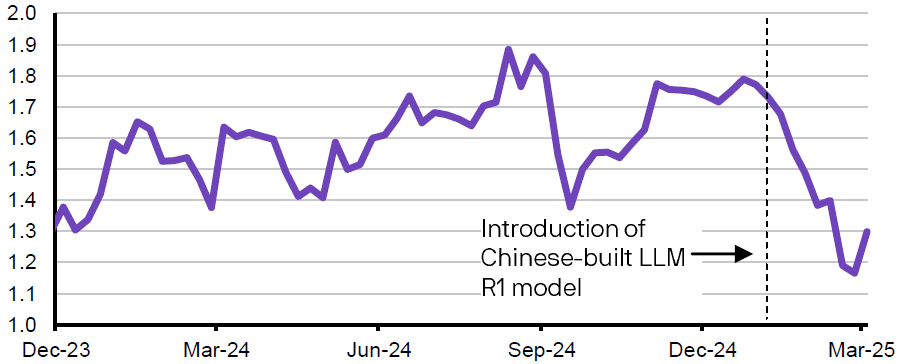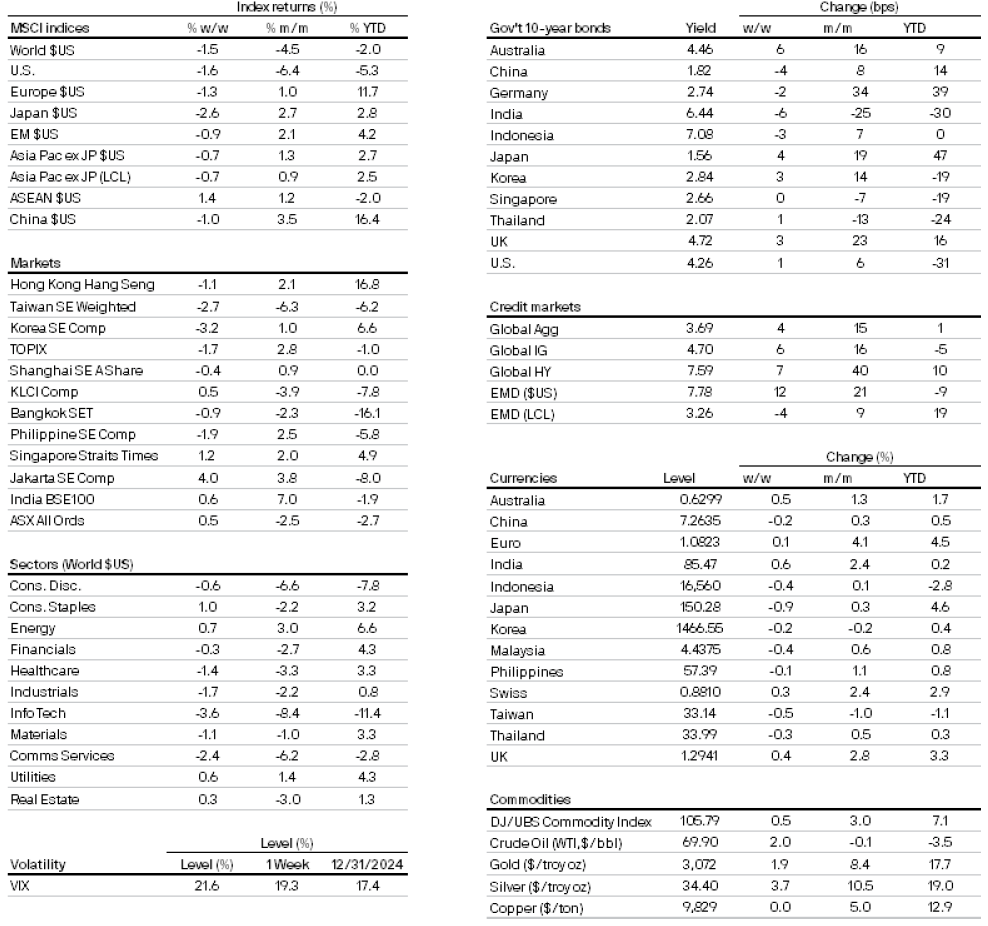In order to enter the page please read the information below and affirm by clicking the accept button that you have read and understood the information provided.
The materials/information contained in this website are intended for use by Institutional Investors and/or Professional Investors only as such terms are defined under the applicable laws of the jurisdiction in which you reside. Please check the “Authorised Users” section for the appropriate definition of “Institutional Investor” or “Professional Investor” that may be applicable to you.
You must read the information included under the ‘Terms of Use,’ ‘Cookie Policy’ and ‘Privacy Policy’ before accessing this website.
By clicking ‘Accept’ you are confirming that:
- You are an Institutional Investor or Professional Investor as such terms are defined under applicable laws of each jurisdiction in which you reside.
- You have read, understood and accept the Terms of Use.
- You have read, understood and accept the Privacy and Cookie Policy, and accept that any collection, use and disclosure of your personal information will be handled in accordance with the Privacy and Cookie Policy.
- You accept delivery of this website in English.


